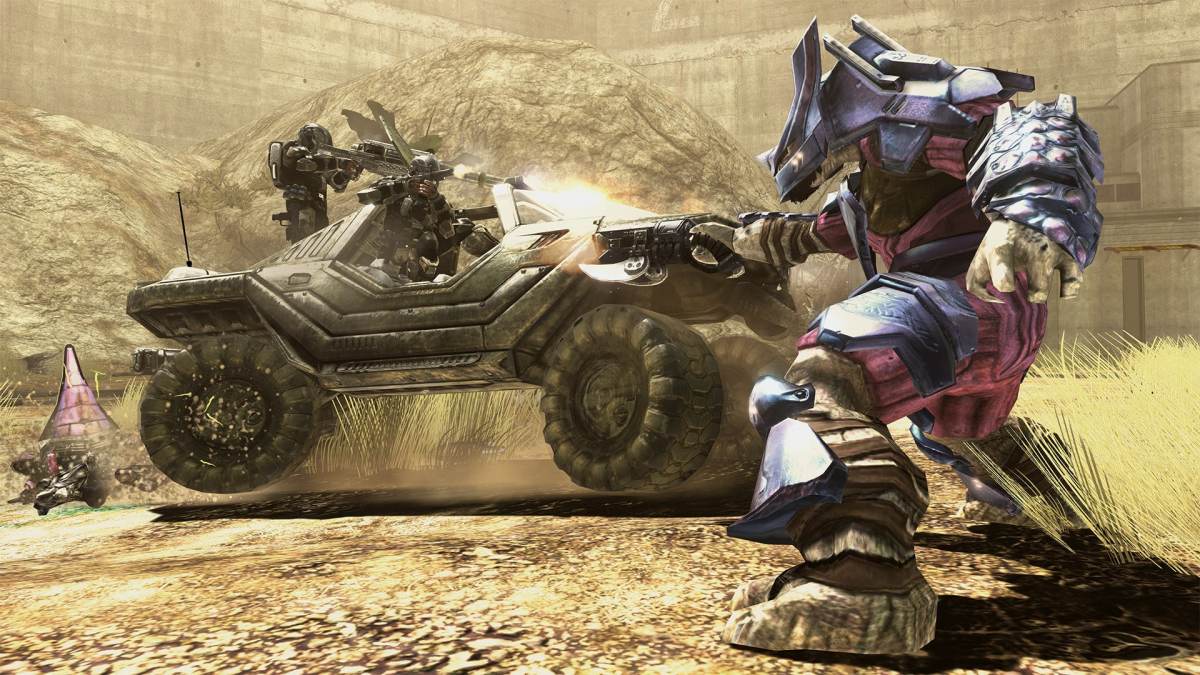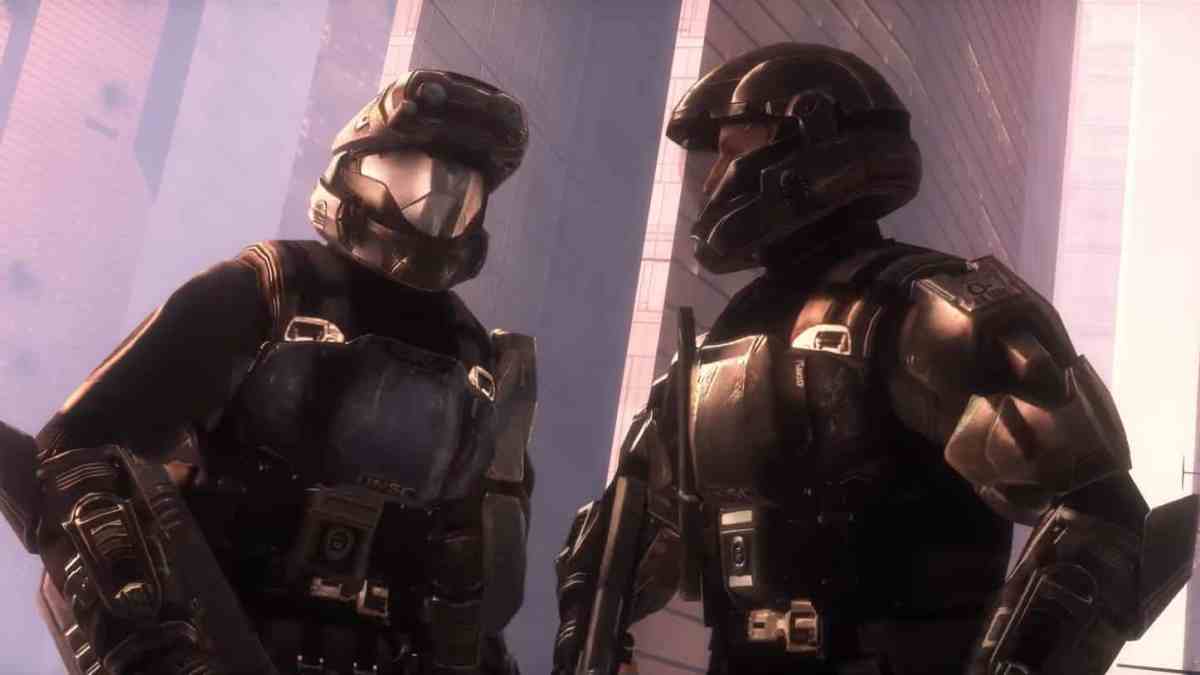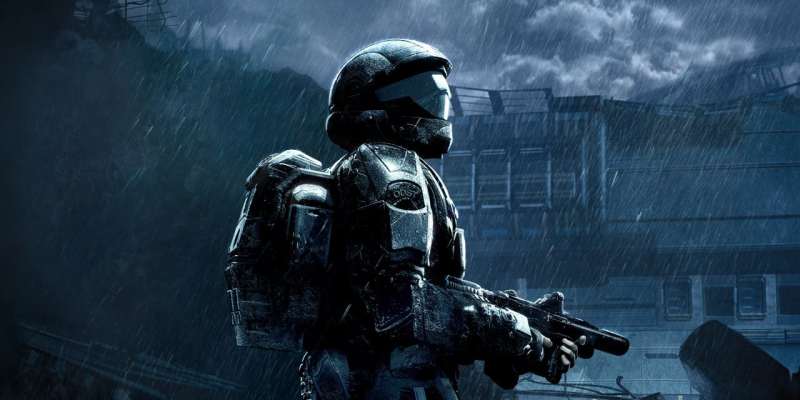Halo 3: ODST is probably one of the most underrated spin-offs from its generation. Caught in the void left by Halo 3’s (at the time) definitive ending, it forced Bungie to create something wholly new. The resulting game provided many firsts for Halo. Among others, it was its first open-world game and its first co-op-focused game, with only a Halo 3 multiplayer client on a separate disc for those looking to fight other players.
Most importantly, ODST is the first game where the Halo brand got to flex its creative muscles, exploring a mix of noir, slow-burn action and the feel of being a normal human rather than an ultra-powerful Spartan space marine. For all these reasons and more, Halo 3: ODST has stuck with me all these years, and I’m happy to say that the PC port in Halo: The Master Chief Collection has made revisiting it an even greater joy.
First off, the obvious benefits. Loading times are barely there, with a buttery smooth frame rate and high resolution that let you breathe in every rain-soaked inch of bombed-out New Mombasa. The audio comes through crystal clear, Marty O’Donnell’s jazzy main theme sweeping as you scour the city streets to pick up the clues and locate your new squad. However, what’s remarkable here is that unlike certain other Halo PC ports, Halo 3: ODST feels like its original release.
One of the biggest downsides to Halo: The Master Chief Collection has been that its insistence on unified UIs and menus has robbed several of the games of great elements. Halo 2 is missing its grand outro set to an amazing guitar riff on the main theme. Halo 3’s flowing loading screens are now simple static images of key levels. Halo: Reach’s brilliant progression system and effortless menus have been replaced with clunkier alternatives that would have been considered dated in 2010.

The assumption is you already know all these missing details backwards and forwards, so they don’t matter. However, their presence does matter to fans because, in concert, these details complete the experience. Even if you aren’t a fan of Halo, there’s something distinctly artisanal about how Bungie and even 343 Industries have gone about each entry in the series. No matter how familiar the core may be, each entry has a voice of its own, and ODST’s port might just be the first to properly capture that.
As a result, Halo 3: ODST doesn’t feel like “the PC port of ODST” but the proper game in full, with the added bonus that it plays far better. Where some of the other sequels struggle to fit on a keyboard and mouse, ODST feels made for this sort of precise input. Everything great about Halo 3’s combat is here, as is the weakened feeling of being an ODST rather than a Spartan. Sure, you get stamina that serves as a narrative device to explain away how you don’t instantly lose health, but the return of your health bar and crucial medkits makes having faster response time a revelation.
After having played through ODST close to four times on Xbox, it’s astonishing how quickly my tactics changed on PC. Where I might’ve been stealthy and relied on long-range weapons, now I find myself naturally going in close, ambushing Covenant forces as I dart between cover. Grenade throws that once were risky are now second nature, sticking Brutes and Hunters with ease. ODST is a proper standup fight now, and nowhere is that more obvious than in the game’s new matchmaking Firefight modes.

Firefight has always been a crowd pleaser, offering waves of intensely challenging enemies with fun modifiers, but the original ODST was far more conservative with what you could do within those parameters. While Reach would later expand upon them, its focus for Firefight was more on arcade-y combat, less a desperate struggle against impossible odds. It’s a lot harder to feel your back against the wall as a Spartan, which is why I’m happy to report that ODST’s port finally delivers on the full breadth of what can be done.
If you’re so inclined, both Halo: Reach and Halo 3: ODST have less serious modes of play. You can play solo too or make a custom match with the freedom to even turn off lives, as well as modify several other aspects to the experience. However, if you want ODST at its best? Heroic Firefight is the matchmaking playlist for you, as it demonstrates how effectively the enhanced controls improve the experience. I can name few PvE experiences out there right now that manage to pack a handful of maps and enemies with so many possibilities. Granted, there’s a part of me that wishes they’d have expanded the map selection, but what’s here is as great as ever.
Understand — no one was expecting Halo 3: ODST to get this star treatment. Halo: Reach was the Bungie swansong the most vocal fans threw praise at. When originally ported to the collection, ODST was just its campaign up-rezzed to 1080p and 60 FPS on Xbox One, for the same price as having the game on its own on PC now. It took 343 Industries some time to give ODST its due, but at last, one of the very best co-op first-person shooters of the seventh generation feels both like new and like its old self, all in a beautiful, remarkably cheap package.
